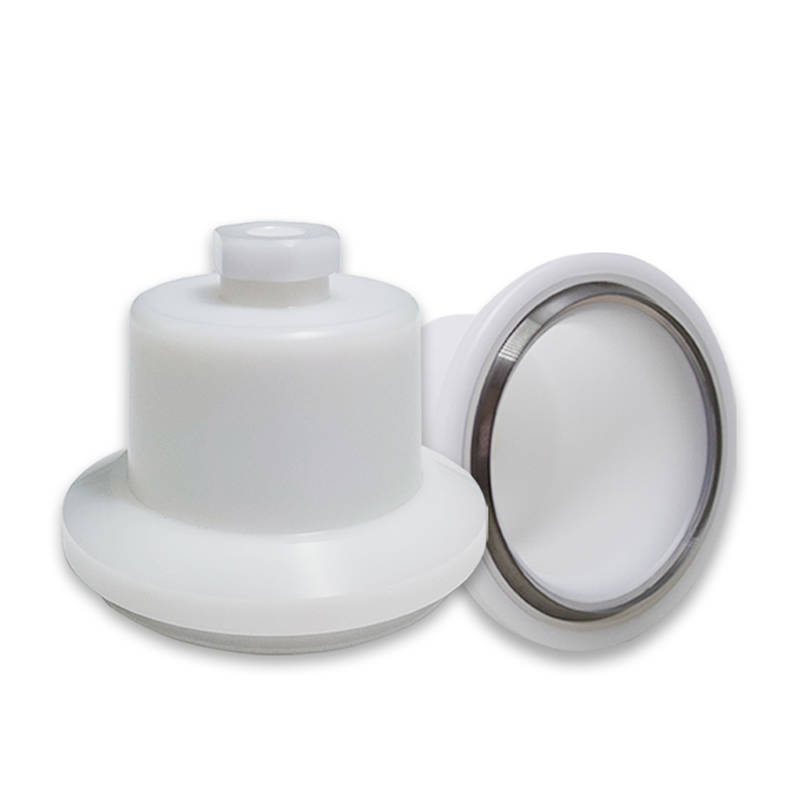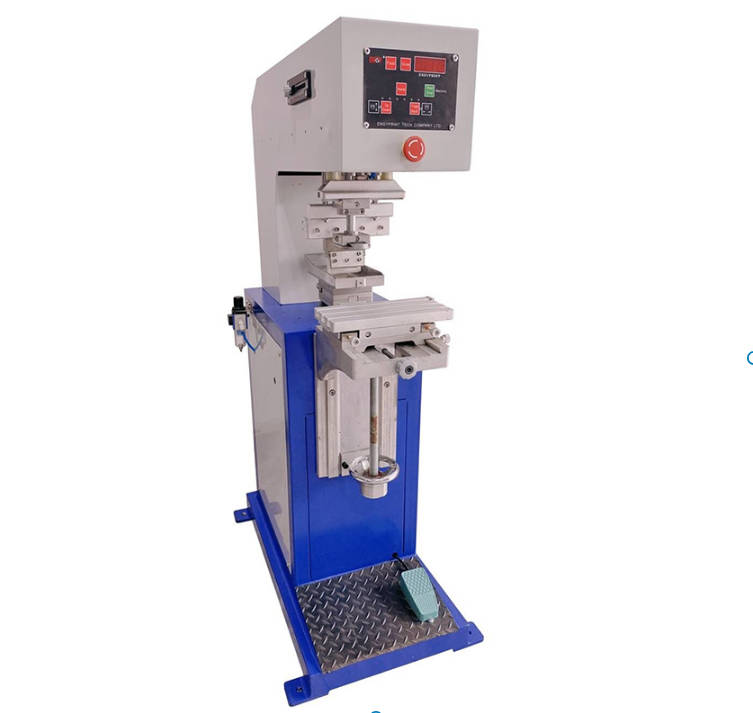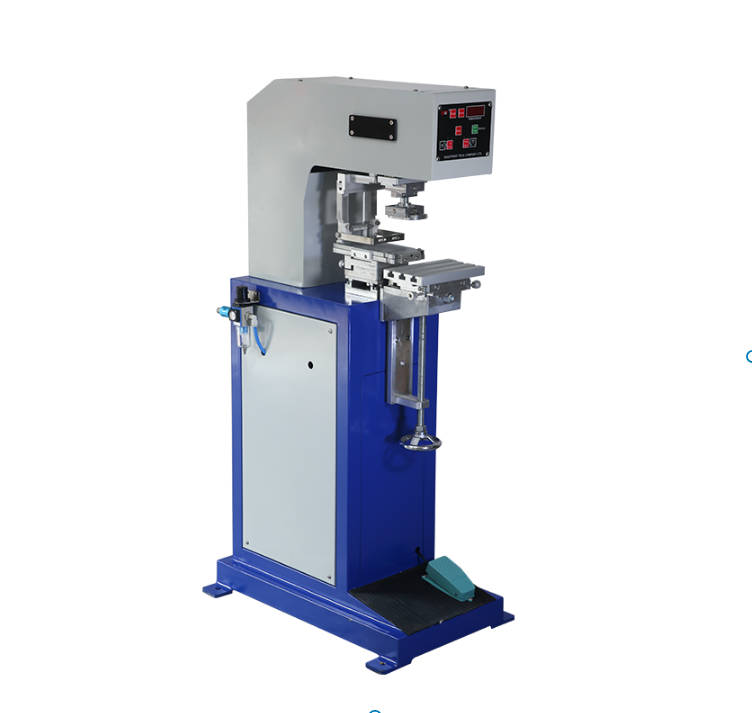There are always various faults in the printing process of the screen printing machine, such as manual and semi-automatic all do not operate, the power light is on, the printing seat does not operate after moving to the left, and so on.
The first failure phenomenon: the semi-automatic operation does not step on the foot switch and immediately acts.
Most of the reasons for such failures are the damage of the foot switch or the short circuit caused by the water in the foot switch socket, and the other is the problem of the manual start button switch. The repair method is to replace the new switch, socket, push button switch or disassemble and repair related damaged parts.
The second fault phenomenon: when the semi-automatic operation is in progress, the foot switch slides down, and then rises again after releasing it.
This phenomenon is generally caused by damage or disconnection of the proximity switch on the left side of the horizontal slide. The solution is to replace the proximity switch or connect the switch connection.
The third failure phenomenon: when the foot switch is stepped on, the vertical sliding seat is lowered during semi-automatic operation, and the printing seat does not move after moving to the left.
The reason for this failure is that the proximity switch on the left side of the traverse seat is not sensed or there is a problem. The solution is to adjust the sensing point of the left proximity switch or replace the proximity switch; and the micro switch in the foot switch is stuck and does not work, which will also cause this fault. The solution is to adjust, repair or replace the micro switch inside the foot switch with a new one.
The fourth failure phenomenon: when the semi-automatic operation is in operation, the foot switch is pressed, and the sliding seat descends and moves to the left and then rises but does not move to the right. The occurrence of this phenomenon is that the proximity switch on the upper left of the vertical slide is not sensed or there is a problem with the proximity switch. The solution is to adjust the induction of the upper proximity switch or a better proximity switch.
The fifth fault phenomenon: the rising action is half a beat slower after the action is switched. This kind of failure is that the control solenoid valve is blocked by foreign objects or the solenoid valve is faulty. The solution is to remove the solenoid valve to clean or replace the solenoid valve.
The sixth fault phenomenon: manual and semi-automatic all do not work, and the power light is on. The reasons for such failures are that the fuse on the low-voltage side is blown, no air source enters, and all the solenoid valves are faulty. The solution is to replace the fuse on the low-voltage side and check whether the pressure reaches 4-7kg/cm.
The seventh failure phenomenon: automatic, semi-automatic start does not drop. This kind of fault occurs when the proximity switch on the right side of the traverse seat is faulty or not sensed, the selector switch is faulty, and the single-action switch interlock point is damaged. The solution is to adjust the proximity switch induction or replace the right proximity switch, and replace or repair the selector switch and single-action switch. The eighth fault phenomenon: automatic failure to start, this type of fault is that the micro-branch switches of the upper and lower cylinders are normally closed, the contacts cannot be turned on or the timer is damaged. The solution is to repair the micro-switch or replace the timer.
The ninth failure phenomenon: the work surface does not inhale, the reason for this kind of failure is that the intake motor is burned.
The contactor that controls the operation of the motor is damaged, the suction motor rotates, but the control suction solenoid valve is faulty, and the suction selection switch is faulty. The solution is to repair or replace it.
The tenth fault phenomenon: the work surface does not inhale, the reason is that the solenoid valve controlled by the suction station is damaged or the internal block is damaged. The solution is to replace and repair.
The eleventh failure phenomenon: the vertical sliding seat rises slowly, the reason is that the vertical sliding seat bearing is oil-free or the cylinder piston is worn, and the magnetic collision makes the shaft center bend. The solution is to supply oil, replace the piston password, and adjust the shaft center.







